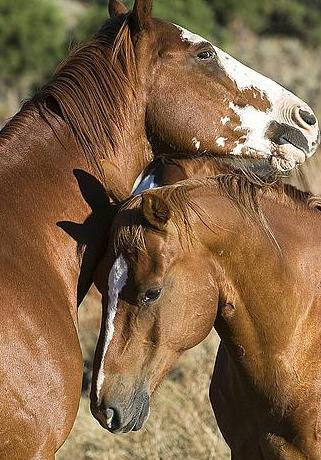
Eastern Equine Encephalitis (EEE), also known as Equine Guillain-Brancher, is a type of viral infection that can affect horses. It is caused by an entirely different class of viruses called arbovirus, or arthropod-borne pathogens. Arbovirus are viruses which are transmitted by the bites of airborne insects, including mosquitoes and ticks. EEE is a virus which is commonly transmitted through biting, so it is easy for your horse to be infected.
There are two main groups of EEE. One of these is EEE virus which can affect any horse and the other is EEE virus affecting an older horse. While the symptoms will not usually appear in younger horses, an older horse with EEE may develop neurological disorders. The virus can also be transferred through direct contact with infected saliva and feces.
However, EEE does not always result in death of the horse, so it is important to get your horse checked out as soon as you notice any symptoms. In most cases, EEE is not serious, but the long term damage that can occur to the horse's brain and nervous system are often irreversible.
EEE can affect both sexes, but it mostly affects male horses
While this can be frustrating for the horse owners, it is not a surprise, because this virus is more easily transmitted through males.
The most common symptom of EEE in a horse is an altered behavior, which could include the following: loss of appetite, loss of sleep, reduced weight, lethargy, fatigue, weakness, loss of coordination, seizures, and in rare cases, paralysis. Although these symptoms are similar to those of other illnesses, it is best to try to rule out any underlying conditions, so the veterinarian can run a complete exam on the horse.
If the horse does show signs of these symptoms, the veterinarian may opt to perform a complete exam to determine whether they are EEE and if there are any serious neurological problems causing the symptoms. In severe cases, the veterinarian may have to euthanize the horse. EEE in horses is a very serious problem because it can easily lead to a fatal condition called Equine Glomerulonephritis which is caused by damage to the brain tissue.
Eee can affect any age horse, but it tends to strike the youngest horses first. The first sign of an infection is usually fever and headaches, a slight fever during the summer season and then a return to normal during the winter season. If a horse with EEE shows any of the above symptoms, treatment should begin immediately. The symptoms in the horse should disappear after one week.
To prevent EEE from spreading to other horses, all horses should be kept well groomed, dry, healthy, and warm. Maintain adequate amounts of water in the stable to keep the barn moist, clean and well ventilated. If a horse does contract EEE, it is important to make sure that he is not exposed to any other horse with EEE. Horses should never be ridden bareback in a pasture or field.
A horse should always be examined for EEE before being ridden and it is not uncommon to see several horses with EEE at the same time, due to improper handling and care. Any horse with EEE should be removed from the herd immediately, as this condition can spread very quickly throughout the herd.
Once a horse has been diagnosed with EEE, it can be cured fairly easily and safely
The veterinarian will often prescribe drugs to reduce the amount of time it takes to restore the horse's immune system to its optimal level. This is also very useful in controlling the spread of EEE. to another horse within the herd.
If the problem is very serious, treatment may include surgery and intravenous fluids. EEE in horses is treatable but not cured, so it is important to be aware of the symptoms and how to treat them, so that the horse can recover quickly and fully.
EEE in horses can cause discomfort and pain, and if the horse is able to stand up on his own, this is the best sign of recovery. But if a horse is not able to stand up on its own, it may take some time to get back into action. In extremely rare cases, a horse may need intensive medication and intensive monitoring to prevent further damage to the brain tissue.